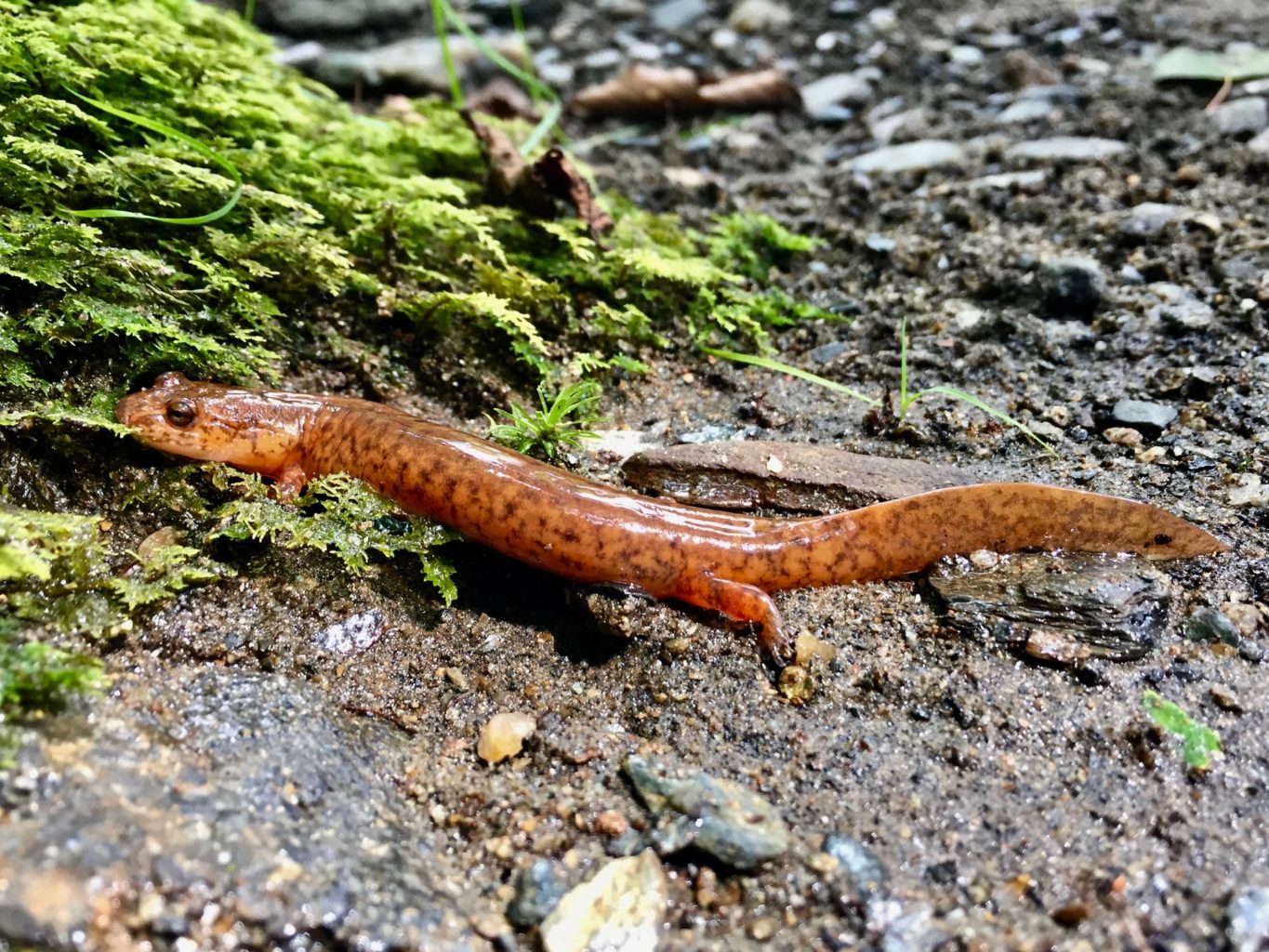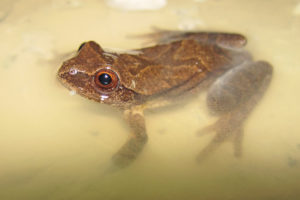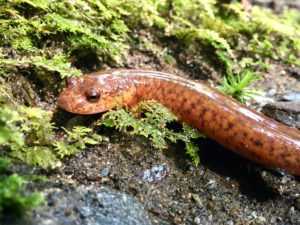Amphibian Migration Season Update

By Zac Cota
 Rain patters as the streetlights kick on in the fading grey of daylight. Within the hour, amphibians will be on the move. Volunteer Amphibian Crossing Guards will be on the move too.
Rain patters as the streetlights kick on in the fading grey of daylight. Within the hour, amphibians will be on the move. Volunteer Amphibian Crossing Guards will be on the move too.
Throughout the spring, dedicated community scientists visit sites where frogs and salamanders make dangerous road crossings as they move from their winter homes in the forest to breeding areas in wetlands. While helping the amphibians navigate the roadway safely, the volunteers collect valuable data that will be used by biologists and conservation leaders to better understand population changes and build wildlife-friendly roads.

Amphibian migration season can vary widely in Vermont. The earliest migrators start moving as soon as most of the snow melts and the first spring rains begin. In the southern Champlain Valley this can be as early as February, while in the Northeast Kingdom, particularly after a snowy winter, it might be as late as April. The start of the season is marked by “big nights,” exciting evenings when hundreds of Spotted Salamanders and Wood Frogs can be seen in just a few hours.
It doesn’t end there though. Migration continues well into spring, and even into early summer, with an evolving cast of characters. Gray Treefrogs and American Toads often make their way to breeding areas much later, sometimes passing Spotted Salamanders already heading back to the forest after mating and laying their eggs.

The long dry spell in the middle of April this year delayed movement in many places. Some hardy species, such as Wood Frogs, may try to hop their way to wetlands even in relatively dry weather. Others though, like Spotted Salamanders, hunker down for weeks at a time awaiting the next rainy night. May 1st typically marks the halfway point in the season, with plenty more activity still to come. We might not see many more “big nights” this year, but the increase in species diversity can be equally exciting, so if you haven’t gotten out there yet, there is still time.
Our crossing guards have put forth a tremendous effort so far this season: 146 volunteers have visited 70 road crossing sites in 29 different Vermont cities and towns! We are so thankful for your hard work on cold and rainy evenings — and we are sure the amphibians are thankful too!
Here are the sightings for the 2021 Amphibian Road Crossing season so far:
- 1812 Spring Peepers
- 796 Wood Frogs
- 509 Eastern Newts
- 426 Spotted Salamanders
- 105 Four-toed Salamanders
- 29 Jefferson/Blue-spotted Complex Salamanders
- 27 American Toads
- 26 Eastern Red-backed Salamanders
- 15 Jefferson Salamanders
- 3 Blue-spotted Salamanders
- 2 Northern Two-lined Salamanders
- 2 Northern Leopard Frogs
- 2 Green Frogs
- 1 American Bullfrog

